NACA WWTP Expansion
Garver’s innovative approach addressed growing capacity needs and the most stringent phosphorous limits in Arkansas
Northwest Arkansas is one of the fastest growing and most productive areas in the United States, with its population projected to double in the next 25 years. This influx of new residents brought new challenges, however, and the Northwest Arkansas Conservation Authority (NACA) has stepped up to help keep the region a desirable place to live, work, and raise a family by providing affordable, environmentally friendly wastewater and biosolids treatment for the region.
In 2010, NACA opened a new, state-of-the-art, $65 million wastewater treatment plant (WWTP) and new collection system with an average treatment capacity of 3.6 MGD and a wet weather peak flow capacity of 13.5 MGD. NACA hired Garver in May 2019 to design the first expansion of the WWTP, which helped maintain adequate treatment capacity to meet the needs of Northwest Arkansas’s growing population.
To project future loading rates for processes, we analyzed and tested daily flow composite samples at strategic points through the process stream, such as the raw influent, oxidation ditch effluent, secondary clarifier effluent, polishing filter effluent, and final effluent. We also evaluated a variety of process alternatives to remove nutrients more effectively.
Our team developed and calibrated a process model of the existing facility’s process data to help with this evaluation, verified the existing plant biological treatment, identified any biological volume necessary for the planned capacity expansion, and determined the capability of existing processes to meet future nutrient limits.
As part our design, we assisted with funding and secured an $85M loan with a 1.5% rate through the Arkansas Natural Resource Commission (ANRC) Revolving Loan Fund, prepared and submitted a categorical exclusion through the ANRC, and performed field surveys using radial topography methods. Our team also helped NACA obtain a new discharge permit that increased the total phosphorous limit from 0.1 mg/L (the most stringent in Arkansas) to 0.35 mg/L with a six-month rolling average.
We worked together with NACA to keep the WWTP operating at peak performance while improvements were implemented. The planned capital improvements included modification, refurbishment, and expansion of existing facilities to increase liquid treatment process capacity average day flow rate from 3.6 to 7.2 MGD.
Additionally, our design increased the sustainability of plant processes and biosolids handling. At the start of the project, sending biosolids to the landfill was not sustainable and in return caused issues of the return leachate from the landfill. By improving the solids train and adding a new aerobic digester, NACA can produce Class B biosolids to maximize their disposal options. Class B biosolids have more opportunities for use after treatment as fertilizer for agriculture and forestry.
Currently under construction, Garver developed final designs for construction plans and specifications, including final construction details, special provisions, and an updated opinion of probable construction costs (OPCC). Furthermore, we’ll review potential construction sequencing and the overall approach to project implementation to minimize disruption of the existing WWTP operation during construction.
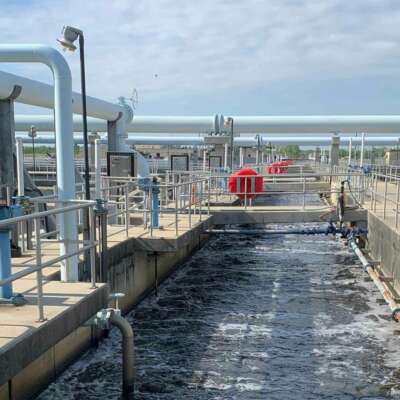

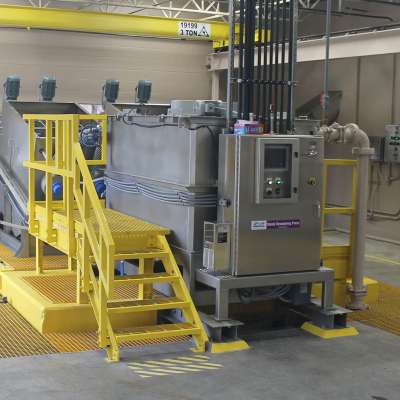
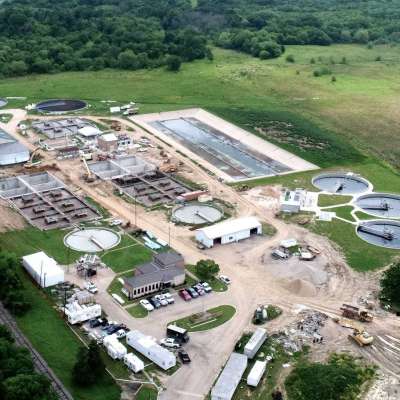

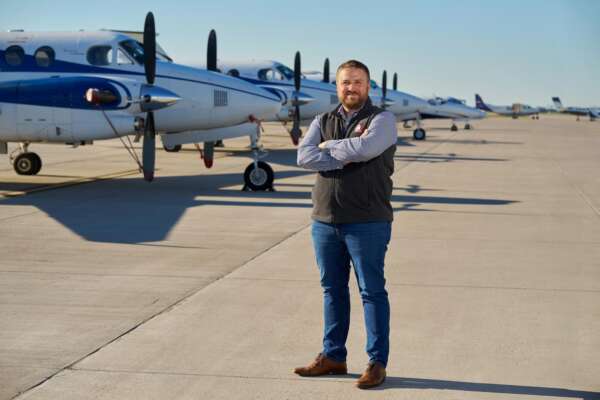

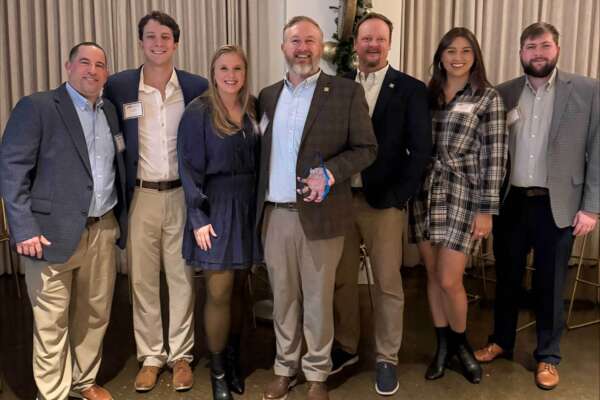


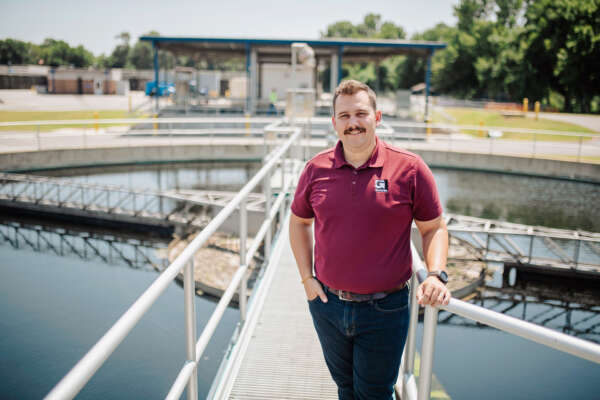


Share this article